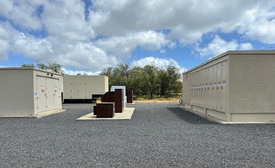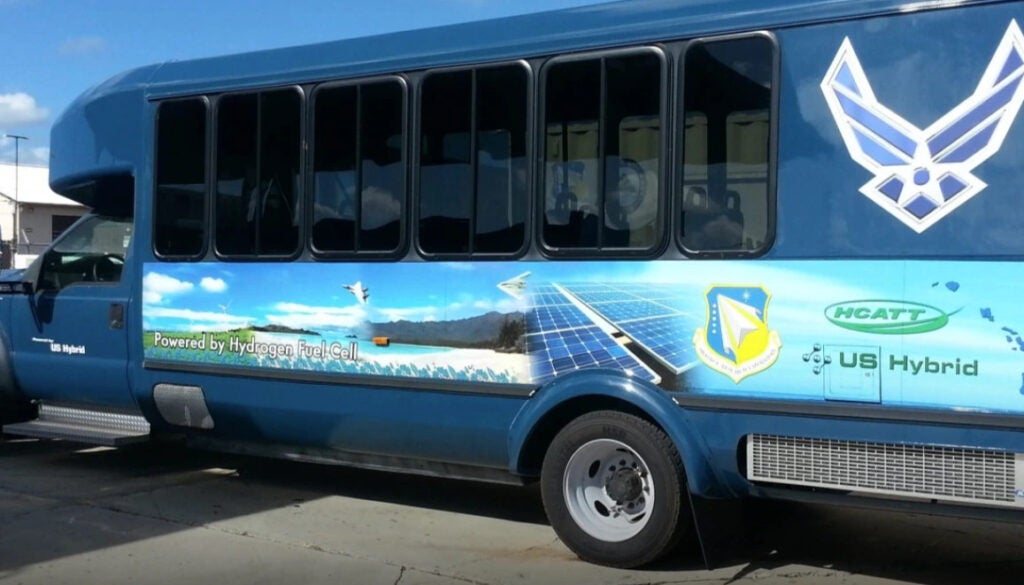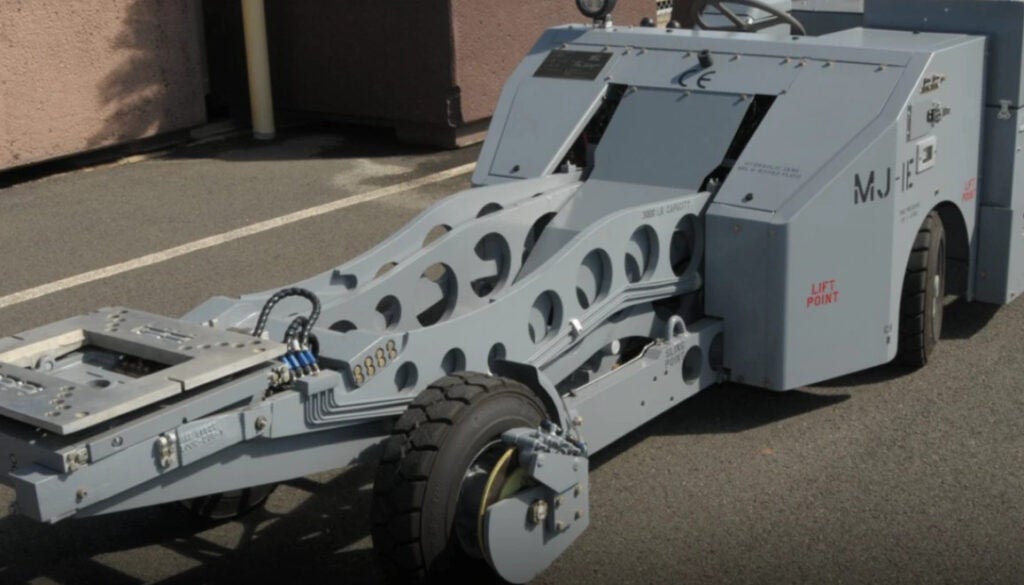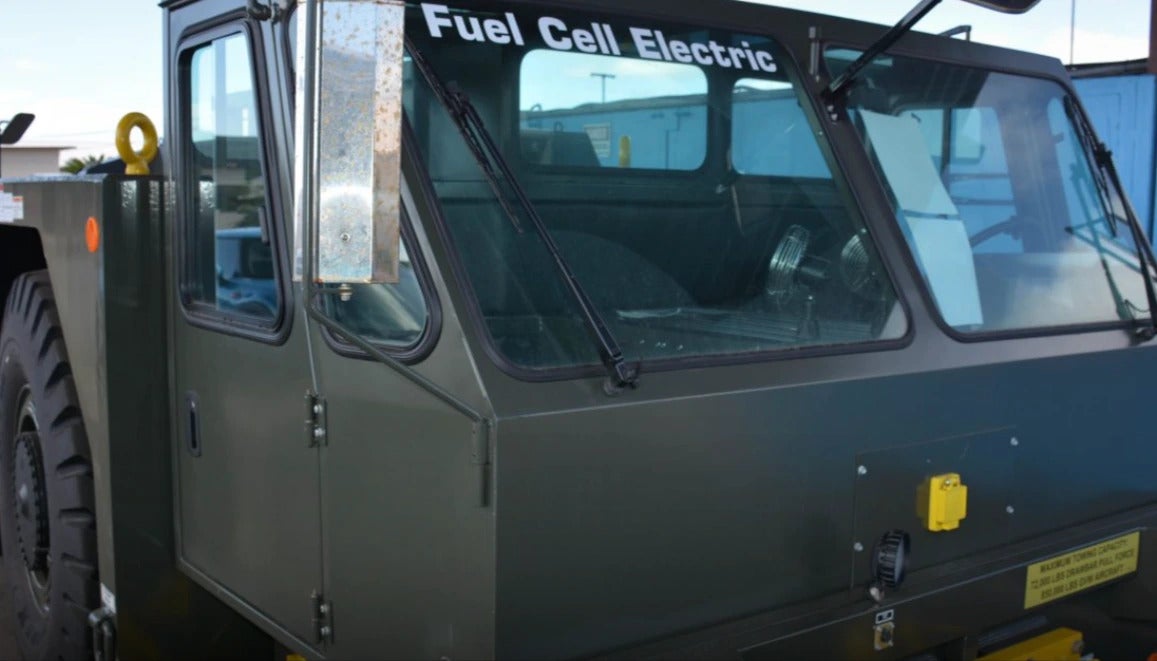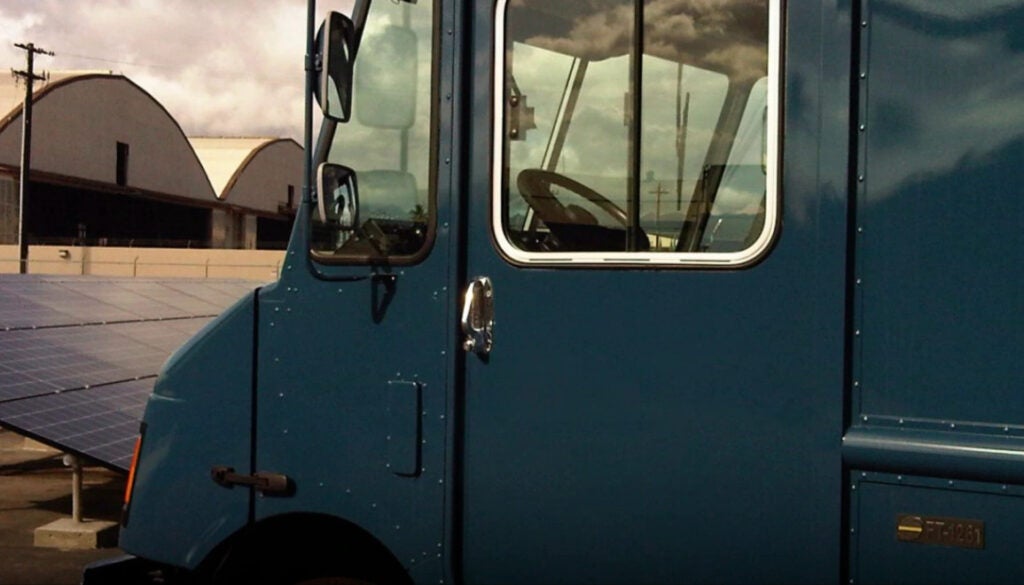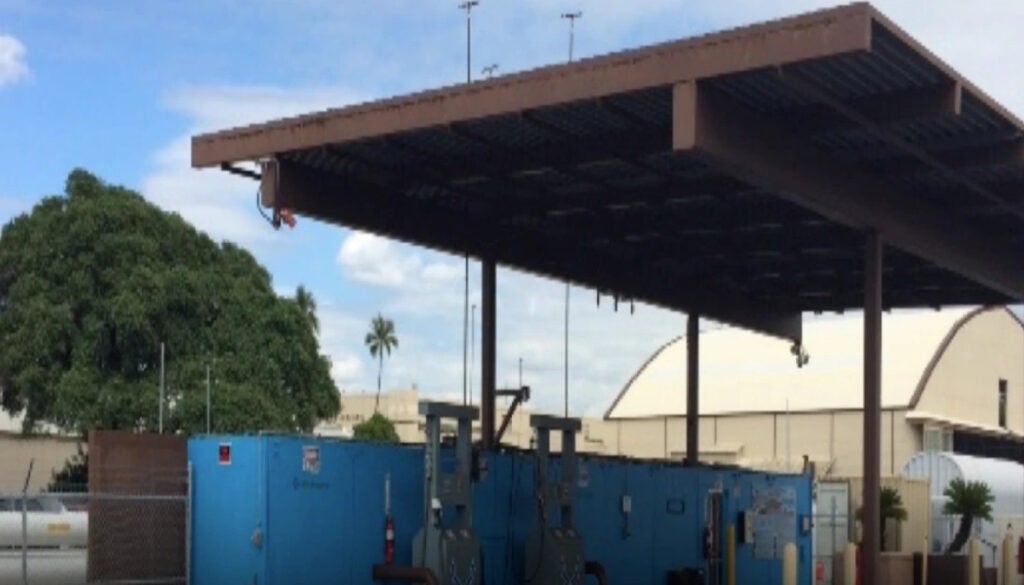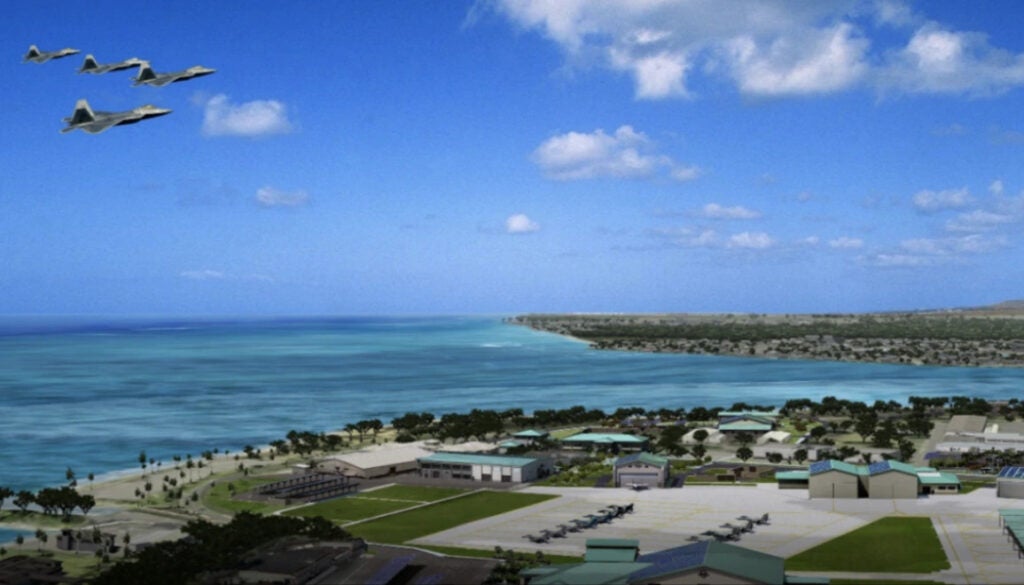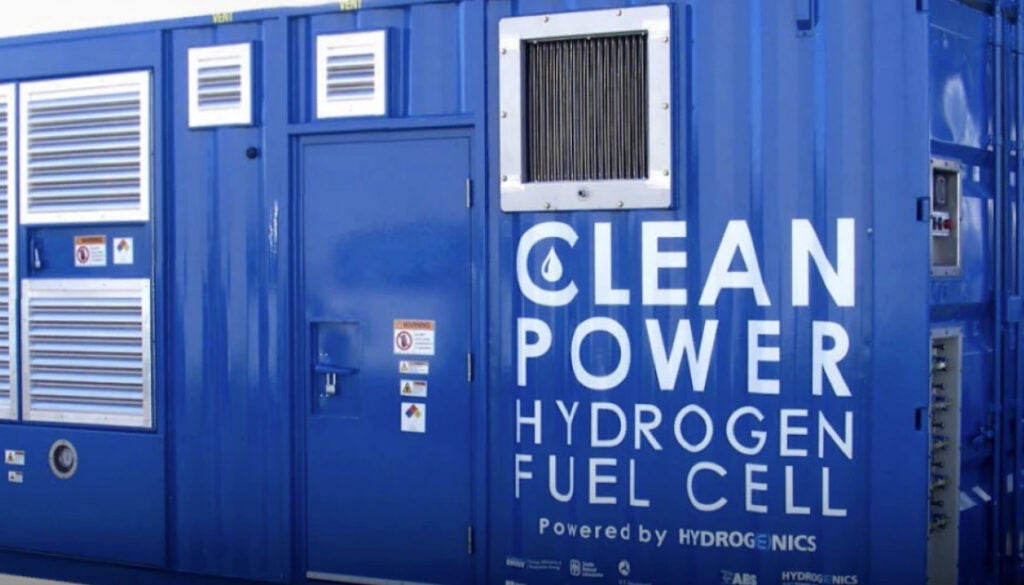Our Mission
Inspiring and transforming Hawaiʻi’s clean energy future.

The Hawaiʻi Center for Advanced Transportation Technologies was established in 1993 by the U.S. Air Force and the State of Hawaiʻi as a National Demonstration Center for fuel efficient and zero emission transportation technologies for military and commercial needs. HCATT is a pioneer of hydrogen and fuel cell technologies, and has evolved over two decades of hydrogen and fuel cells research, demonstration, and education in partnership with the Air Force Research Laboratory (AFRL) and the State of Hawaiʻi. HCATT has successfully executed numerous federal and publicly funded projects and brings significant expertise in hydrogen technology demonstration and validation.
HCATT is furthering its commitment to renewable energy technology development through a $30 million, 5-year cooperative agreement with AFRL, National Guard Bureau, and Hawaiʻi Air National Guard and has established the Pacific Energy Assurance Renewables Laboratory (PEARL) microgrid; a renewable energy demonstration project to address the USAF’s climate priorities of maintaining air and space dominance in the face of climate risks.
PEARL is located at the 154th Wing, Hawaiʻi Air National Guard, Joint Base Pearl Harbor Hickam. PEARL’s key objectives are to provide mission assurance, energy resiliency, and cyber security to the 154th Wing through the application of renewable energy technologies and cyber secure design. It also serves as a prototype for adapting and transitioning distributed energy generation, storage, and control of renewable energy technologies; and serves as a benchmark renewable energy microgrid and laboratory for DoD and in supporting the State of Hawaiʻi’s 2045 Renewable Portfolio Standards.
Our Vision
H2: First element, foremost solution.
What We Do
Frequently Asked Question’s
In response to an Air Force Request for Proposal in August 2018 for a Resilient Power Generation and Advanced Energy Storage RTD&E Project, HCATT initiated a design build microgrid demonstration project with the Hawaiʻi Air National Guard (HIANG) at Joint Base Pearl Harbor Hickam (JBPHH) which has since been named the Pacific Energy Assurance and Renewables Laboratory (PEARL). HCATT in collaboration with AFRL, A&E Burns & McDonnell, the National Guard Bureau, Air Force Engineering Center, Hawaiʻi Air National Guard, Naval Facilities Engineering Systems Command, and other key partners will continue to design and demonstrate resilient, reliable, renewable energy power generation and advance energy storage and distribution within the PEARL microgrid.
Hydrogen is a clean fuel that, when passed through a fuel cell, produces electricity and yields only water and heat as a byproduct. Today, the most common methods of hydrogen fuel production are natural gas reforming (a thermal process) and electrolysis. Hydrogen is odorless, can be produced renewably using power from wind and/or solar to power the electrolysis process and emits zero greenhouse gasses when utilized. These qualities make it an attractive fuel option for electric vehicle transportation and electric utility applications. Hydrogen fuel can be used in cars, in houses, and for portable power.
Hydrogen is the lightest element on the periodic table, with an atomic weight of 1.008. This means that hydrogen readily dissipates into the surrounding atmosphere, making it difficult to ignite if it is not confined. However, hydrogen is an energy carrier that is indeed – as is the case with many other fuels – highly combustible when concentrated and in the presence of oxygen. Risk assessments show however, that it is no more dangerous than other fossil fuels or natural gas. When using hydrogen it is important to be in a well-ventilated area to limit the potential for hydrogen accumulation. Hydrogen fuel can be used safely for transportation, in homes, in commercial buildings and for efficiency and conservation efforts and has been safely in use for over 100 years.
A fuel cell combines hydrogen and oxygen to produce electricity. The byproduct of this electrochemical reaction is water and heat. The fuel cell produces electricity and heat by electrochemically reacting a fuel (which is generally hydrogen or hydrogen-rich) with oxygen. Unlike a conventional engine, it does this without burning the fuel and can therefore be more efficient and cleaner.
The Air Force Research Laboratory is a global technical enterprise whose mission is leading the discovery, development, and integration of affordable warfighting technologies for the Air Force’s Air, Space and Cyberspace force.

